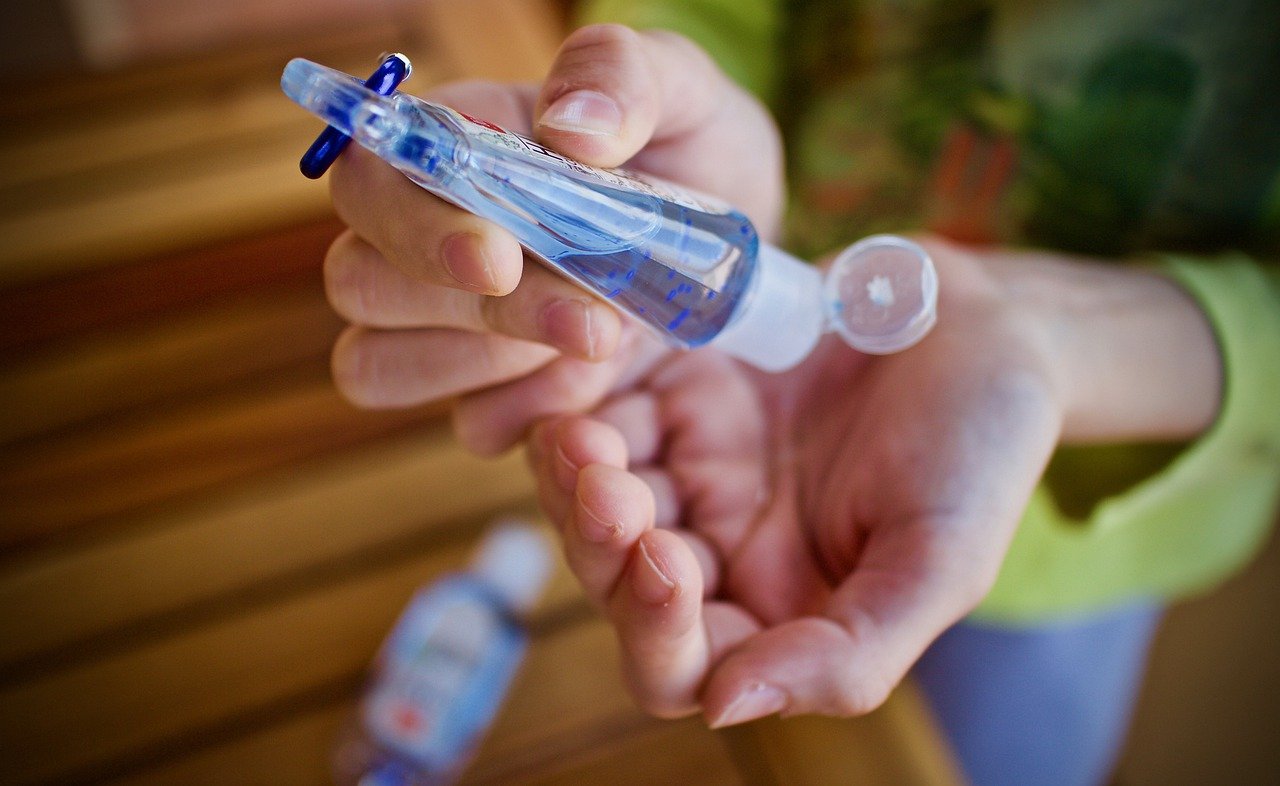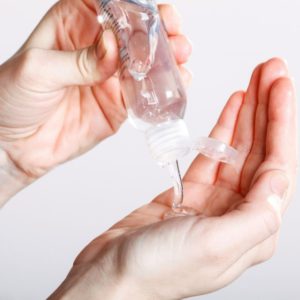
Gel or Liquid Alcohol: Which one is the better option?
The use alcohol to sanitize hands and most surfaces has become a necessary practice due to its effectiveness in preventing infections.
Alcohol-based sanitizers are known for their fast response to deactivate a large number of harmful microorganisms. Typically, it can kill between 99.990% and 99.999% of germs and bacteria in one minute, making it a potent virucidal and fungicidal agent.
Alcohol works by destroying the outer cell membrane, reducing surface tension and denaturing proteins. Its effectiveness is based on the presence of water since this way it penetrates better into cells and bacteria, allowing it to damage the membrane and quickly denaturing proteins, which is why it is recommended to use around 70% alcohol in disinfection products. Given the high concentration, it should be noted that these products are labeled as flammable, so adequate precautions must be taken to ensure safe use and storage.
The use of liquid alcohol has the advantage of being fast with broad spectrum; however, it is not the best option to sanitize hands since it is aggressive to the skin and can result in dermatitis and dryness, so its use is only advised for the disinfection of surfaces and objects such as coins, cell phones, handles, steering wheels, keyboards, office furniture, and surfaces in general that we are going to be in contact with. For the skin, the recommendation is using hand sanitizer gel.
Advantages of Hand Sanitizer Gel:
- The gel form allows adding moisturizers and emollients for skin care.
- It is the most suitable when no water and soap is available. Remember it must contain at least 70% alcohol to ensure disinfection.
- No need to rinse.
- Safer for children.
- Low risk of causing skin irritation and allergic reactions.
- There is less evaporation loss, making it more stable over time.
- Easy to handle and apply since it allows the product to be spread evenly on our hands, avoiding losses due to spilling and evaporation.
- Less risk of skin inflammation.
According to the World Health Organization (WHO), proper hand hygiene with soap and water is one of the most effective measures to prevent infections and diseases; however, it is not feasible to do this health practice with the required frequency during daily activities, so the use of disinfectant products such as hand sanitizer gel is essential to complement the need for hygiene habits.
It is advisable that there is at least one hand wash per every four applications of hand sanitizer gel to prevent germs from setting on the skin.
If you’re looking for help to create hand sanitizer formulas and/or in the supply of raw materials, send your inquiry and one of our experts will get back to you shortly.
















